Fuencaliente Saltworks
The largest salt farm in the Canary Islands is located at the foot of an active volcano.
When visiting a tropical island you can expect to find plenty of people growing bananas, sugar cane, and various tropical fruits. A sprawling complex of salt pans may be more of a surprise, let alone one situated at the foot of a volcano.
The Fuencaliente Saltworks (Salinas de Fuencaliente) is one of the few remaining salt fields in the Canary Islands. It consists of a series of neatly distributed, flat pans lined with mounds of sea salt. Salt water from the ocean is piped into these shallow depressions in the soil, allowing the brine to evaporate in the hot sun, leaving just the salt behind.
The salt farm was started by the Hernández Villalba family in the early 1960s, situated on the southern tip of the island of La Palma. The location was chosen because of the relatively flat ground that was created there from repeated eruptions of the nearby Teneguía volcano. This flat plateau allowed the family to set up operations without having to make many changes to the environment. But in 1971, the local volcano erupted once again, almost destroying the saltworks in the process when the hot lava flowed down from the mountain. It is said that the lava stream stopped only a few hundred feet from the salt pans, saving them from destruction. The salt produced at Fuencaliente is still named Teneguía Sea Salt after the volcano.
Having narrowly escaped destruction, the saltworks thrived. It even expanded in 1994 after being declared an Area of Scientific Interest for providing a habitat to various microorganisms, which in turn attract various migratory birds. These days the saltworks is a popular place to visit due to its unique and picturesque appearance. The colorful saline pools create an interesting contrast with the white salt, the black lava rock, and the blue sea.
Know Before You Go
You can take a self-guided tour of the area and there are information boards that explain the production process. There is also a marine museum, restaurant, and cafe at the site. The salt produced here is sold at grocery stores throughout the island.




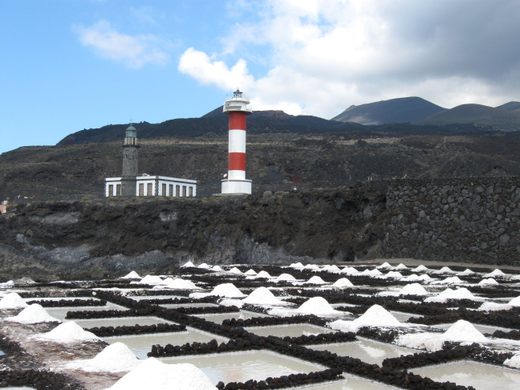
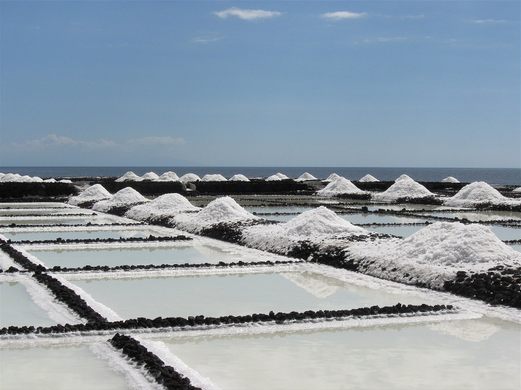



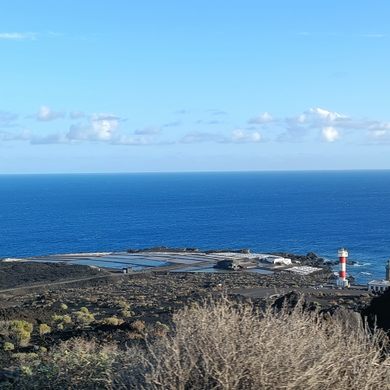
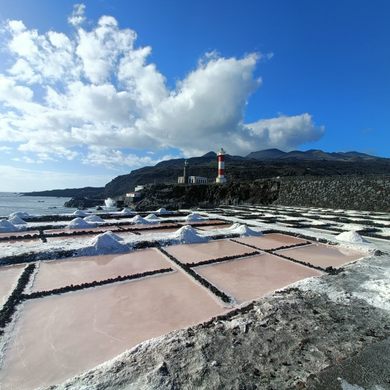








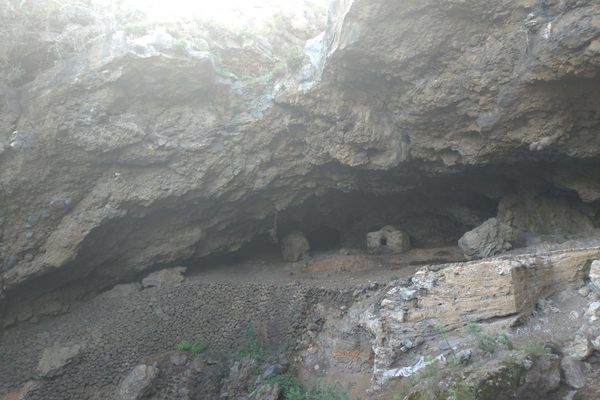
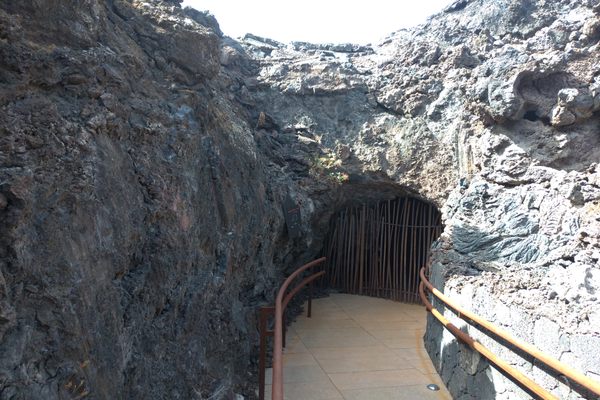

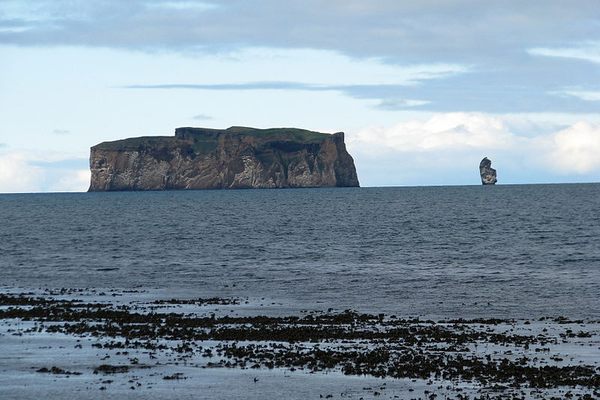





Follow us on Twitter to get the latest on the world's hidden wonders.
Like us on Facebook to get the latest on the world's hidden wonders.
Follow us on Twitter Like us on Facebook